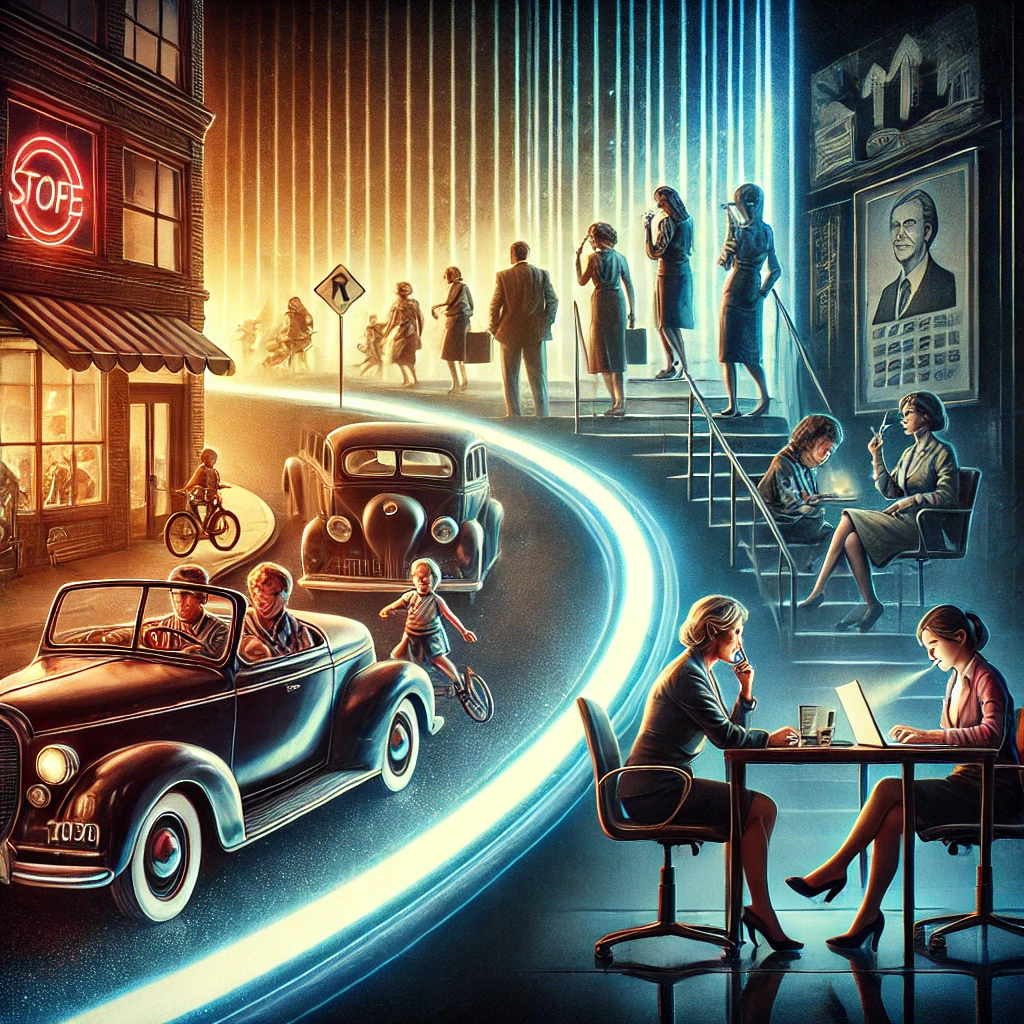There is something to be said about how societal values evolve across generations, and it is not a matter that can be easily dismissed. The current debate over whether Christopher Columbus should continue to be honored is just one example. Before we knew what we now know, Columbus was credited with playing a pivotal role in shaping the society we live in today. Without him, many—if not all—of us who are not indigenous might never have arrived on these shores. While someone else may have eventually paved the way, history as we know it would have been very different.
In the early 20th century, people’s understanding of what was acceptable was markedly different. Back then, certain behaviors—now considered harmful—were widely normalized. Smoking is a prime example. Once promoted through books, advertisements, news stories, and movies, smoking was a celebrated activity. Today, smokers are often marginalized, standing under building overhangs in the rain as they attempt to stay warm while inhaling toxic fumes.
There was also a time when seatbelts were not even a consideration. Parents let their children play freely in the back seats of cars, oblivious to the dangers. It wasn’t seen as irresponsible because few considered the risks. Recently, my wife and I re-watched Beaches and were struck by a scene that didn’t seem alarming back in 1988. In the scene, characters C.C. Bloom (Bette Midler) and Hillary Whitney (Barbara Hershey) drive to a beach house in a convertible while Whitney’s young daughter stands in the back seat. What was intended to be a sweet moment now felt unsettling, as they drove at what seemed like 55 miles per hour.
My father, a features editor at United Features Syndicate in the 1970s and early 1980s, worked in an environment that reflected the social norms of that era. The workplace was predominantly male-dominated, with women serving mainly as assistants. While there were female editors, writers, and even comic artists, it was largely a man’s world. Today, we would not tolerate such a dynamic. However, back then, it was simply the way things were. Much like attitudes toward cigarettes and seatbelts, societal norms have evolved, allowing us to address and correct the imperfections of the past.
This brings me to a topic that I know is controversial. In the wake of the #MeToo movement and the revelations about Harvey Weinstein’s predatory behavior, new allegations have surfaced against 93-year-old former President George H.W. Bush. Several women have accused him of inappropriate touching during photo sessions. On one hand, no one should be touched in a way they do not consent to—this is unequivocal. On the other hand, his spokesperson explained:
“At age 93, President Bush has been confined to a wheelchair for roughly five years, so his arm falls on the lower waist of people with whom he takes pictures… To put people at ease, the president routinely tells the same joke—and on occasion, he has patted women’s rears in what he intended to be a good-natured manner. Some have seen it as innocent; others clearly view it as inappropriate. To anyone he has offended, President Bush apologizes most sincerely.”
While this does not excuse his actions, it provides context. Bush is not known for aggressive sexual misconduct. He did not foster a reputation as a womanizer. He grew up in an era when women in the workforce often faced harassment and were advised to simply quit their jobs if they couldn’t handle inappropriate advances. Stories of abuse, like those suffered by early Hollywood stars such as Clara Bow, were largely ignored. Joan Crawford’s complex personal life and Bette Davis’ infamous comments about her rival Crawford sleeping her way to success would have been tabloid material today but were part of the accepted social fabric back then.
It is important to understand that not all forms of sexual misconduct are equal. I want to believe that if Bush had understood his actions to be on par with cruelty or violence, he would not have engaged in them. From his perspective—shaped by a different era—his behavior may have seemed harmless or even “good-natured.”
None of this is meant to excuse bad behavior but rather to contextualize it. Generational norms shape what is considered acceptable or unacceptable. My parents’ generation had vastly different standards than mine, and my children’s generation is even more progressive. The next generation will also develop distinct social norms from those we have today.
We should continue to encourage victims to speak out against abuse and exploitation. However, we must also distinguish between predatory behavior and inappropriate but less severe actions. Everyone has experienced moments where someone crossed a line, making them uncomfortable. Yet, we must use discernment in determining what deserves public outrage and what does not.
As my kids learned from Disney’s The Incredibles: “When everyone’s super, no one is.” If every offense is treated as equally egregious, society’s tolerance for real harm may increase, diminishing genuine victims’ experiences and making justice harder to attain.







